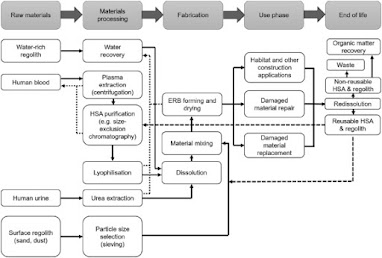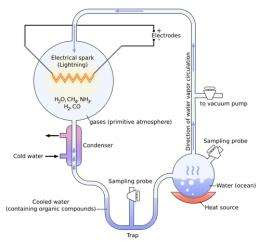David DeMarco was placed in the intensive care unit in Wilmington hospital shortly after coming down with COVID-19. His condition deteriorated to the point that he was sent home for hospice care. His story, as reported by Esteban Parra in the Delaware News Journal (September 20, 2021), then involves a lawsuit filed by his wife seeking a court order to treat him with ivermectin. The hospital had declined to do so
saying they are not using ivermectin in the treatment or prevention or treatment of COVID-19 because the science and data do not support its use.”
The case is one of several filed across the country seeking court orders to require hospitals to give COVID-19 patients ivermectin. According to Bloomberg law the trend is unnerving health lawyers who fear the possibility of a flood of court orders overriding medical guidance. This could strain an already overloaded health system.
Conservative social media, feeding conservative skepticism of COVID-19 vaccines, have promoted ivermectin as both treatment and preventative of COVID-19. Gullible consumers of conservative social media refuse vaccination and instead rely on ivermectin. The extent of the problem is suggested by a recent report in the New York Times by Erin Woo that veterinarians and ranchers are reporting serious shortages of ivermectin which is used as an anti-parasitic in animals. The Times also notes that on Facebook alone dozens of discussion groups with tens of thousands members continue to flourish.
According to Woo’s account the misinformation began with the publication of an Australian study in April of 2020 that ivermectin in high concentrations killed the COVID-19 virus in a laboratory setting. Small clinical studies of varying design and quality have appeared since. The NIH reviewed these in February of 2021 and concluded that “there is insufficient evidence to recommend for or against the use of ivermectin to treat COVID-19.” The NIH review noted that ivermectin shows activity in vitro (in a laboratory) against a number of viral disease vectors, but no clinical studies show ivermectin to be effective against the corresponding diseases in humans. The FDA has not approved ivermectin as a treatment for any viral disease On the other hand a recent peer-reviewed meta-analysis of the available studies concluded that “moderate-certainty evidence finds that large reductions in COVID-19 deaths are possible using ivermectin.” While this might be encouraging the analysis found that evidence for prevention of COVID-19 using ivermectin was weak. It would appear that use of ivermectin on seriously ill COVID-19 patients might be justified but hardly required. Furthermore encouraging its use to prevent the disease when safe and effective vaccines are available would be irresponsible in the extreme.
















